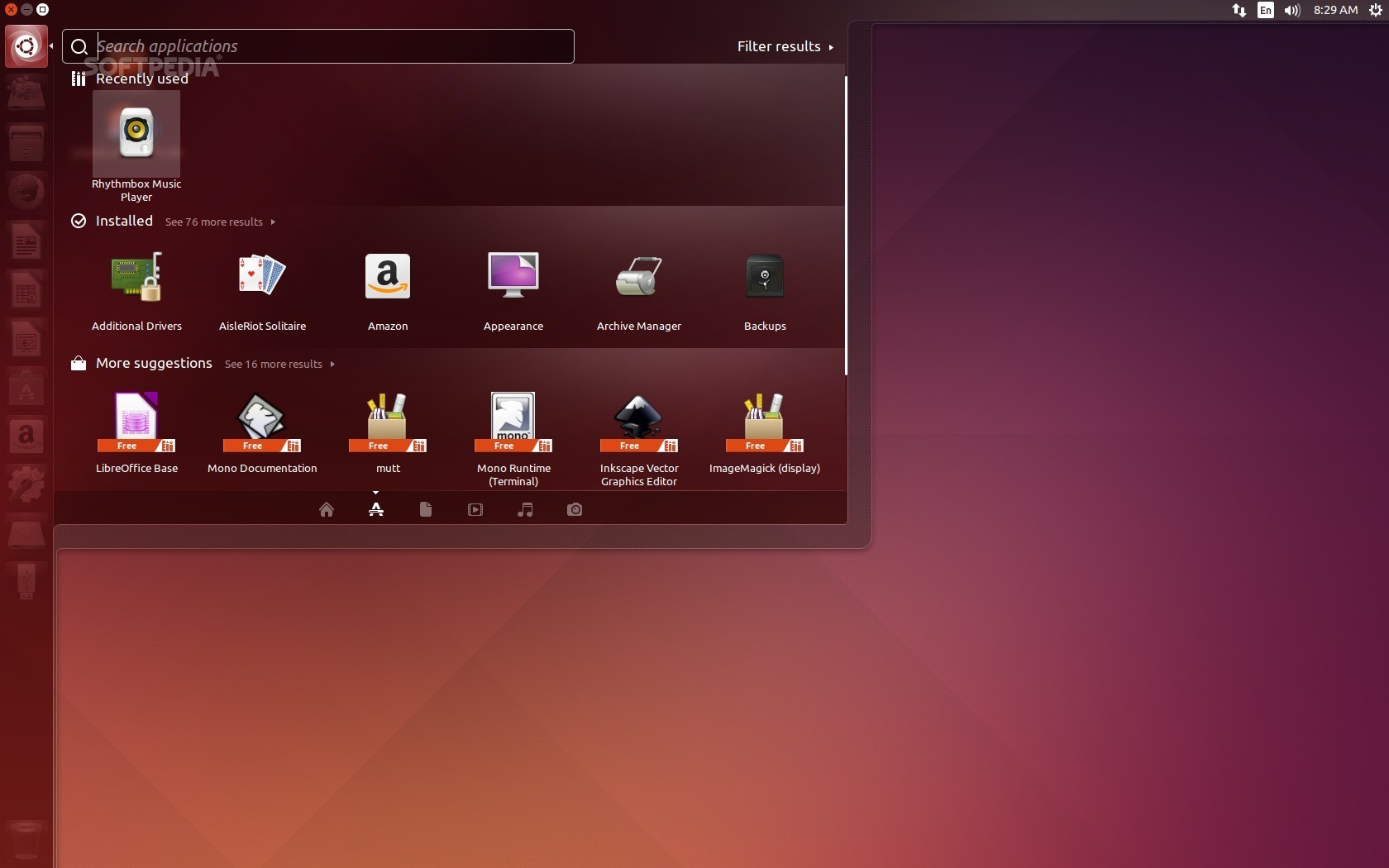

Once you are logged in enter: "sudo apt-get update".Login by entering your user name followed by your password.Don't panic, just press ctrl+alt+f1 (left ctrl button) to go to the command line and continue with the following steps, otherwise you are done for this part :) At this point your Ubuntu may boot and tell you that you are in "low graphics mode".If your virtual machine does not automatically restart, close it (shutdown) and re-start it in VirtualBox. Once this is completed you will reboot Ubuntu.Ubuntu will run, you will have two options: "Use Ubuntu" or "Install", click install and follow the installation process, I just used all the defaults (except for username, passwords, etc…).Now your ubuntu will boot from this image It will ask you to select a Startup disk.Double click your fresh virtual machine called (whatever you called it).Allow at Enough space, the default is ok (8GB)….Dynamic or Fixed (I chose fixed because I heard there can be issues with running out of disk space with dynamic, but I am sure dynamic is probably ok!).at least 512MB (more if you can, allow about 1/4 of your memory).

Go through the screens and select the following options: Enter name and ensure "version" is Ubuntu.Download and install VirtualBox latest version.Install and setup a virtual machine for Ubuntu: In the purpose of this wiki I will use the example of Ubuntu 12.04 and make notes where other versions may differ. Windows: XP SP3 (as my host operating system) These are the versions that I have used / tested this all with You can also test multiple versions of Ubuntu (or windows) and with different compiler versions as well, you just add more virtual machines.įinally to be able to work / sync to the same code-base you can install/use rabbitVCS on Ubuntu so that it works in the same way as tortoise SVN in windows, and then all of your virtual machines are "talking" to the same SVN repo… nice :) This provides quicker multi-platform testing. Why would you want to even do that? - well, in my case, I can now run my Qt project on Windows and Linux very easily and very quickly test it works for both. Having struggled for a few days getting the correct sequence of events to occur to allow me to run Qt on a Ubuntu virtual machine on my window PC I feel I should share what I have found incase others want to do the same. 6.2 "/usr/bin/ld: cannot find -lgcc_s" when building your Qt project.



 0 kommentar(er)
0 kommentar(er)
